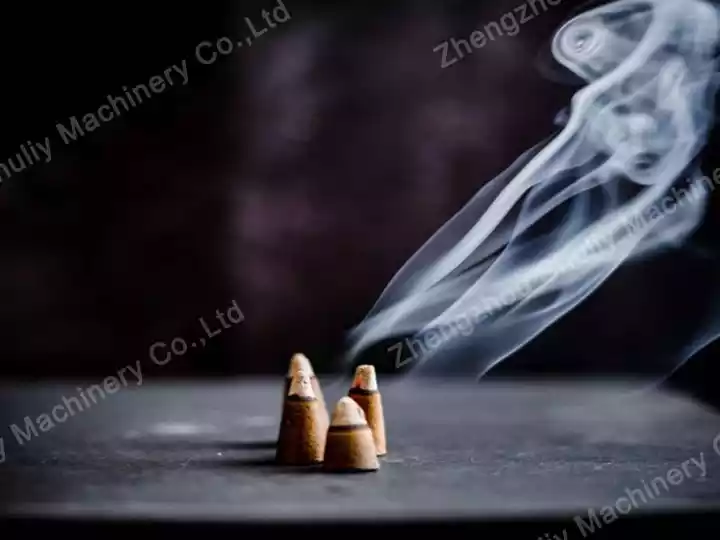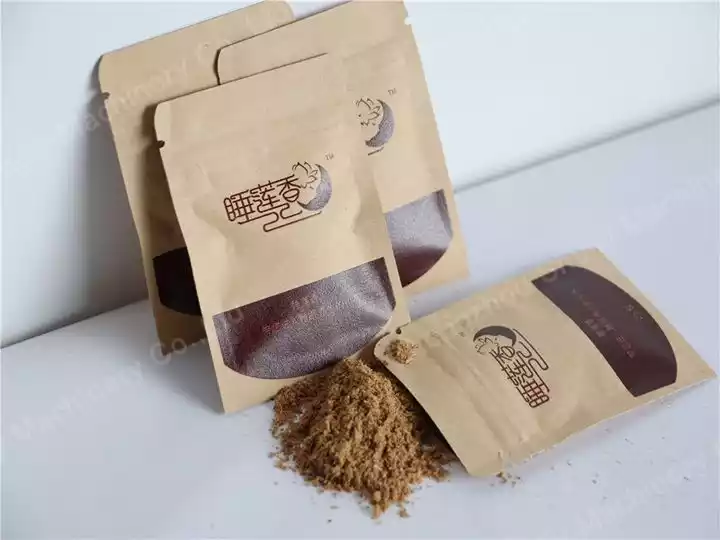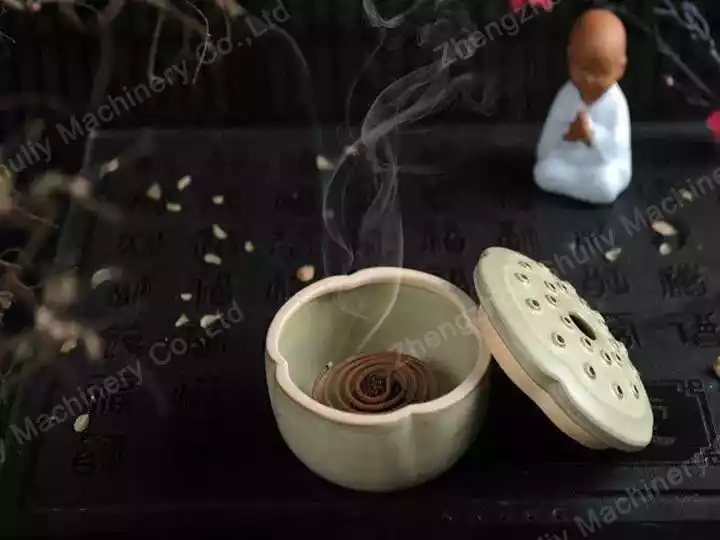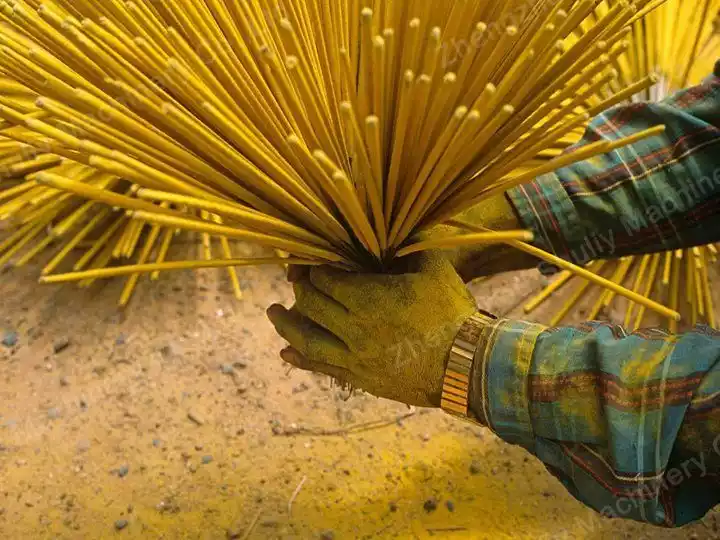How do distinguish between natural incense and chemical incense?
Although natural incense and chemical incense are similar in appearance, there are significant differences in their efficacy, price, etc. due to different compositions. Then we are in the purchase of incense, how to distinguish between natural incense and chemical incense? Which of these two types of incense is better?

Natural incense
At present, the common incense on the market according to the different ingredients can be divided into two main types, namely chemical incense and natural incense. Natural incense is mainly the use of incense wood, sandalwood, and other materials directly processed into incense. This incense usually does not contain other added ingredients.
The main components of natural incense are natural spices, natural binders, and natural combustion aids. The natural spices are incense, sandalwood, and various herbs and woody spices. High-grade natural binders and combustion aids are mostly made from the powdered bark of the camphor family of plants, the aromatic heather, and the red heather. These accelerants are highly viscous and have a strong combustion effect, in the production of incense, incense is a good binder and combustion material.

Chemical incense
The chemical incense is made by blending a certain formula with the incense making machine. The main ingredients of chemical incense contain wood powder, plant sticky powder, water, fragrance or flavor powder, a certain amount of combustion aid, etc. And different types of chemical incense due to different formulations, their shape, color, smell, etc. will different.
The main components of chemical fragrances are wood chips, chemical flavoring, chemical adhesives, and chemical accelerants, there are also a small number of natural flavors added. Usually, chemical fragrances, chemical adhesives, and chemical combustion agents in the combustion will produce benzene and other harmful gases.

Common ways to identify natural incense and chemical incense
A more scientific way to identify incense products is to detect the composition of the gas produced when the incense is burned. Focus on testing benzene, toluene, xylene, dichlorobenzene. Only truly natural incense manufacturers are bold enough to ask international authorities to do strict benzene four tests. In daily life conditions to identify incense products mainly relies on experience.
Look at the appearance
As the raw materials are crushed and stirred during the production process, the characteristics of the material are not visible in the finished incense. Therefore, it is difficult to judge the quality of incense from its appearance. Generally speaking, most of the natural incense color is gray (matte color, not brilliant), the relative weight is heavy, and the surface is slight.
Chemical incense is often dyed to produce a beautiful color, with chemical additives to make its surface smooth and clean. In addition, observe the smoke produced when burning incense. Natural incense burning out of the smoke is basically green and white, and chemical incense smoke is mostly blue-cyan.
Smell the aroma
Tasting the smoke produced when burning incense is the most direct and more reliable method of identification. However, it requires a high level of experience for the connoisseur. Some people use chemical incense for a long time and unknowingly form the wrong olfactory habits, mistakenly believing that chemical incense smells good. Therefore, there must be a process of learning and experiencing natural incense, accumulating experience, and re-cultivating the correct incense identification ability.

